the EU Environmental Council finally adopted the Nature Restoration Law (NRL)
Read EEB press release :
Brussels/Luxembourg, 17 June 2024
Today, after a nail-biting last discussion, the EU Environmental Council finally adopted the Nature Restoration Law (NRL), marking the last step for this long-awaited proposal to become law. This outcome is a huge win for Europe’s nature, climate action, citizens and future.
Member States followed through with their commitments and with a majority of 20 countries, representing 66.07% of the population, the law was officially endorsed, thanks to Austria’s Environment Minister Leonore Gewessler stepping up at the last minute, changing the country’s previous stance and safeguarding the law.
The #RestoreNature coalition, consisting of BirdLife Europe, ClientEarth, EEB and WWF EU, says: “Today’s vote is a massive victory for Europe’s nature and citizens who have been long calling for immediate action to tackle nature’s alarming decline. After years of intense campaigning and many ups and downs, we are jubilant that this law is now reality – this day will go down in history as a turning point for nature and society. Now, we need all hands on deck: Member States must properly implement this legislation without delay in their countries, in close collaboration with all involved stakeholders. At the end of the day, nature can rebounce, for the benefit of our climate, biodiversity and people!”
The law has faced one of the most tumultuous journeys in the history of EU legislation. After surviving an unprecedented and absurd disinformation campaign, aiming to destroy the NRL in the European Parliament, it faced the risk of being rejected at the very last step in the Environment Council. In the end, however, support for the law carried the day.
This is also a timely outcome to present at the upcoming UN Biodiversity Conference (CBD COP16) later this year, showing that Europe is willing to lead the way in tackling the climate and biodiversity crises by owning up to its global commitments. It is also a very clear message to the new EU Parliament and Commission, to not forget to keep biodiversity at the forefront of their agenda.
This result followed a massive public mobilisation. Over the past few years, over a million signatures and messages from citizens, repeated calls from 6000+ scientists, 100+ businesses, youth organisations, and civil society from across numerous sectors have been made to defend the law and the integrity of the EU Green Deal. As the #RestoreNature coalition, we want to thank anyone who contributed to this result and made it happen.

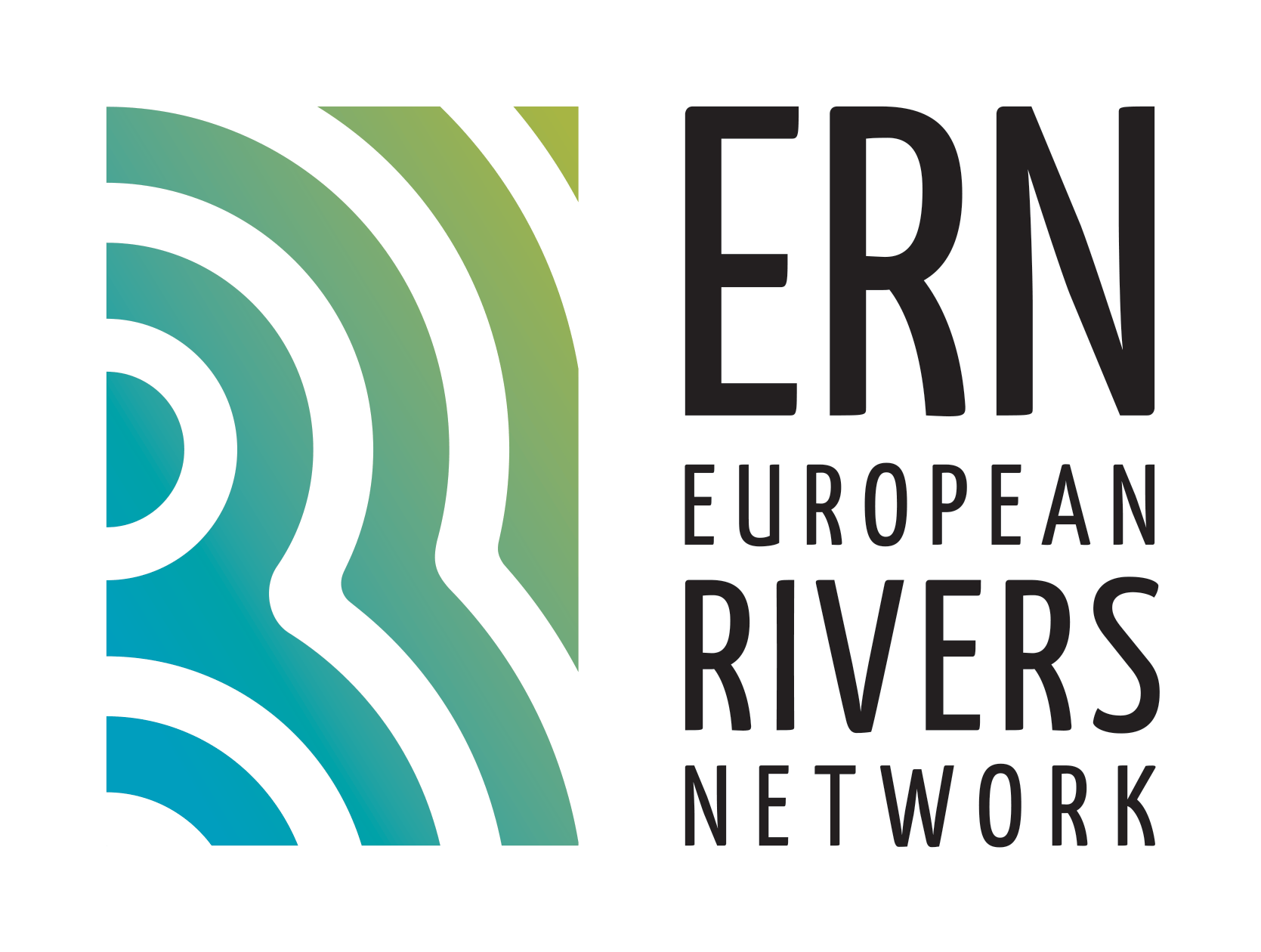
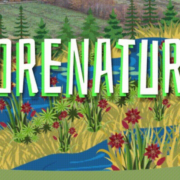

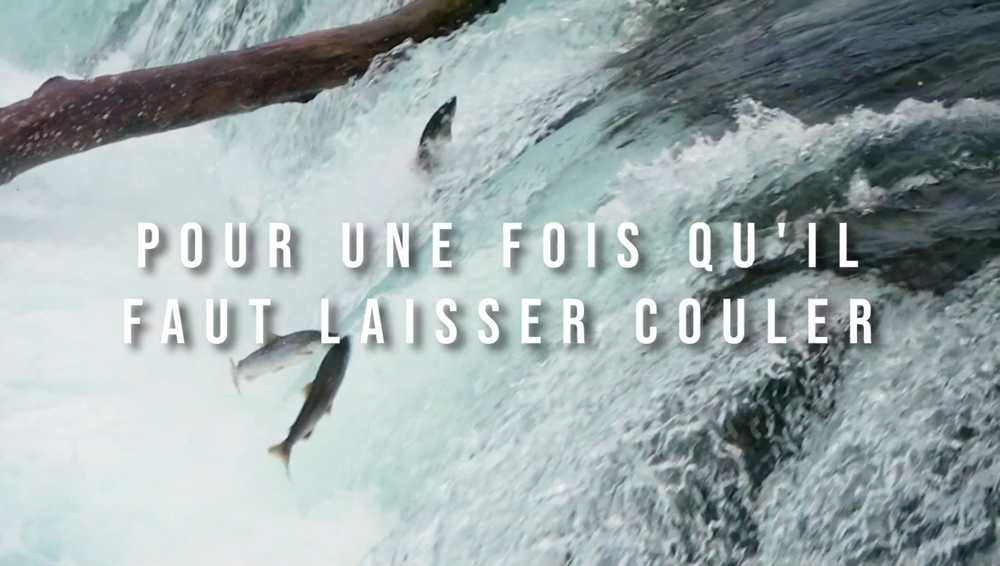

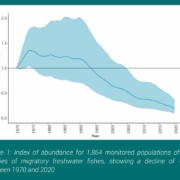
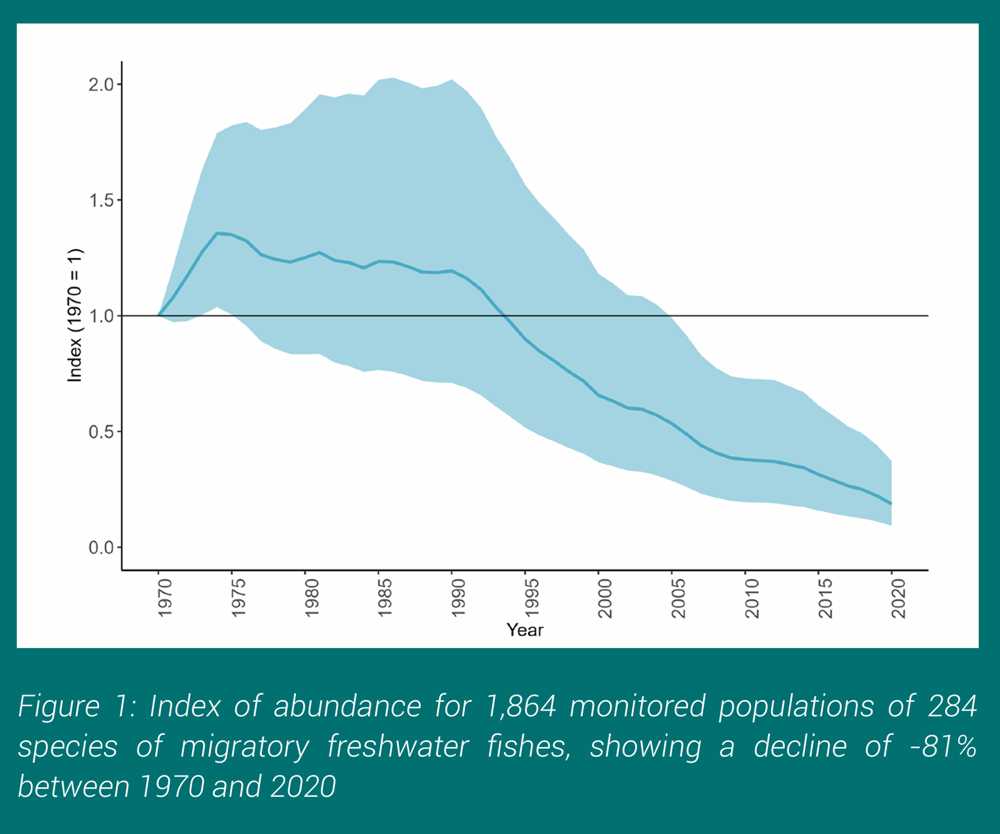
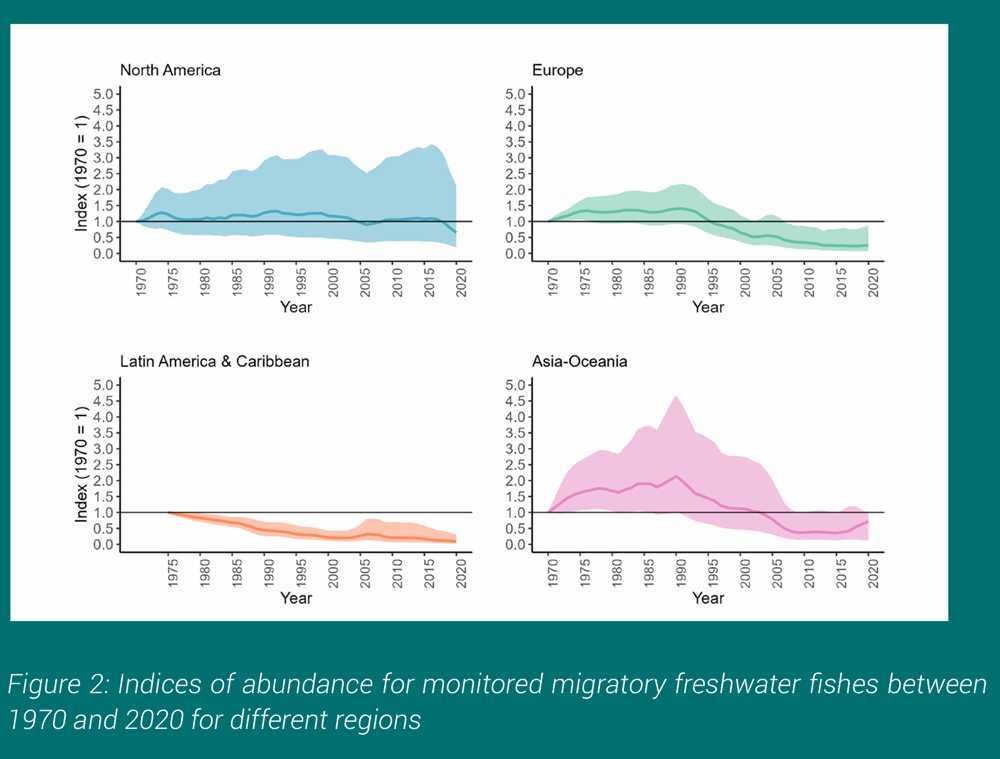
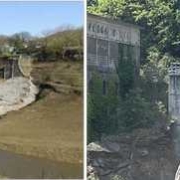


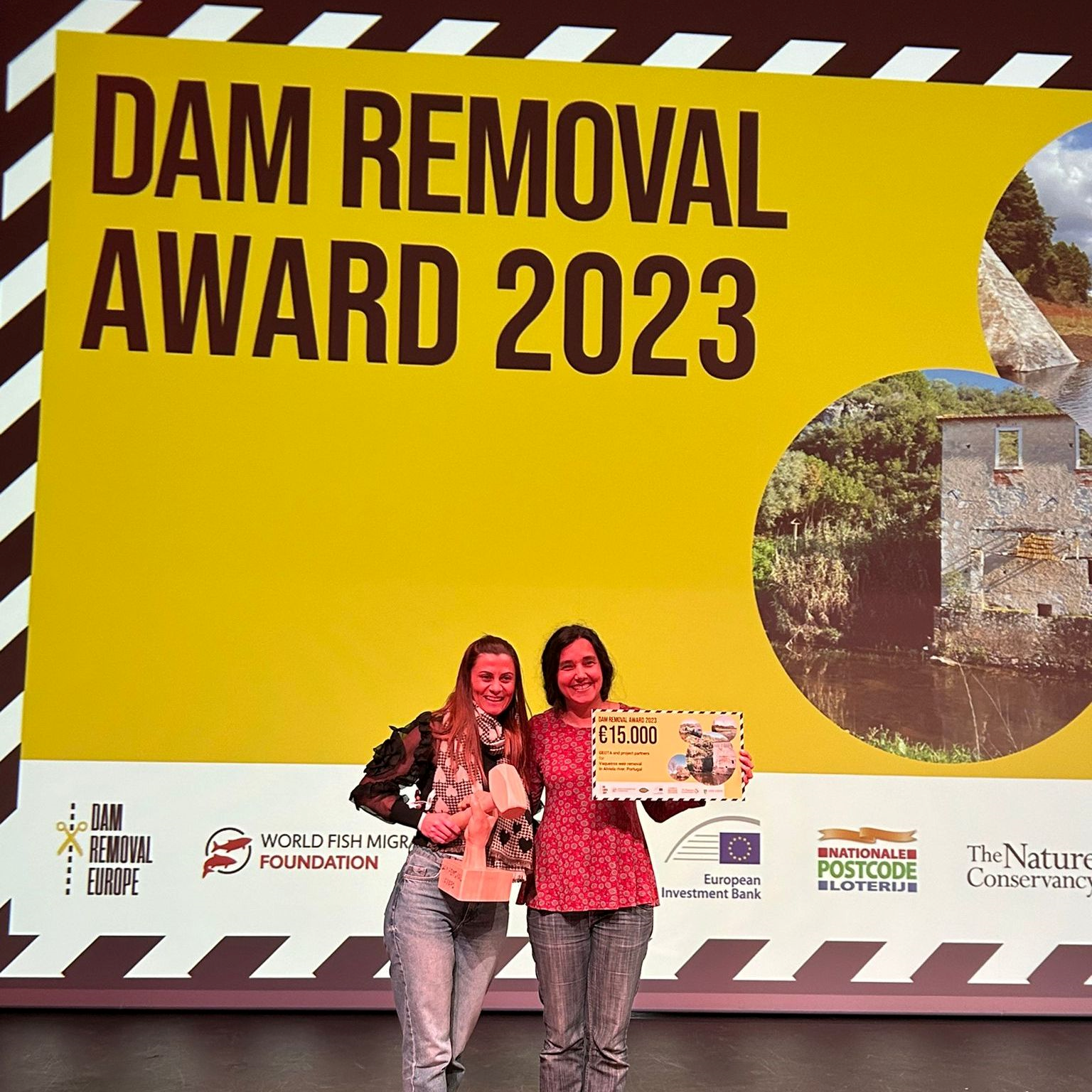 © DRE
© DRE
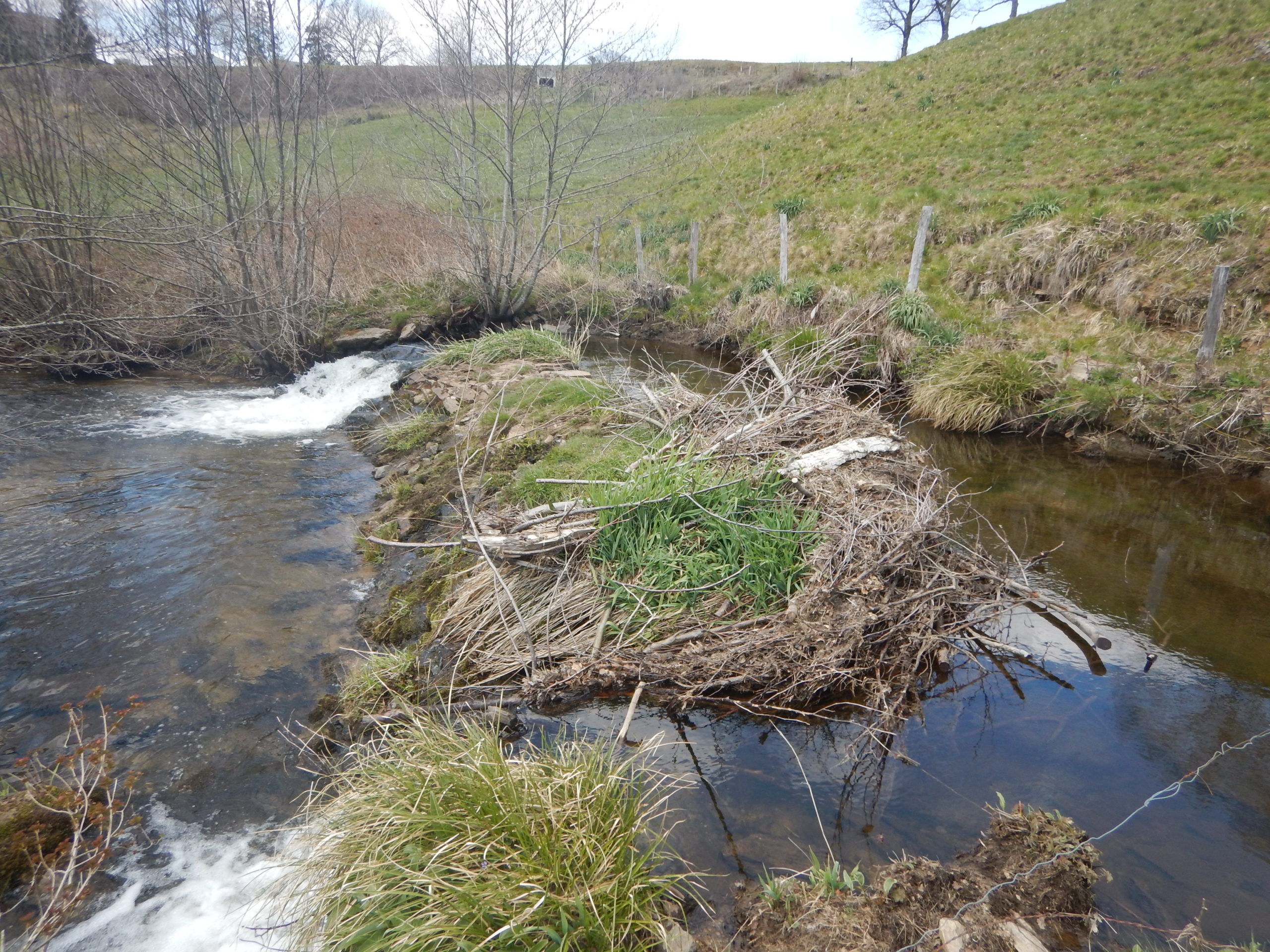
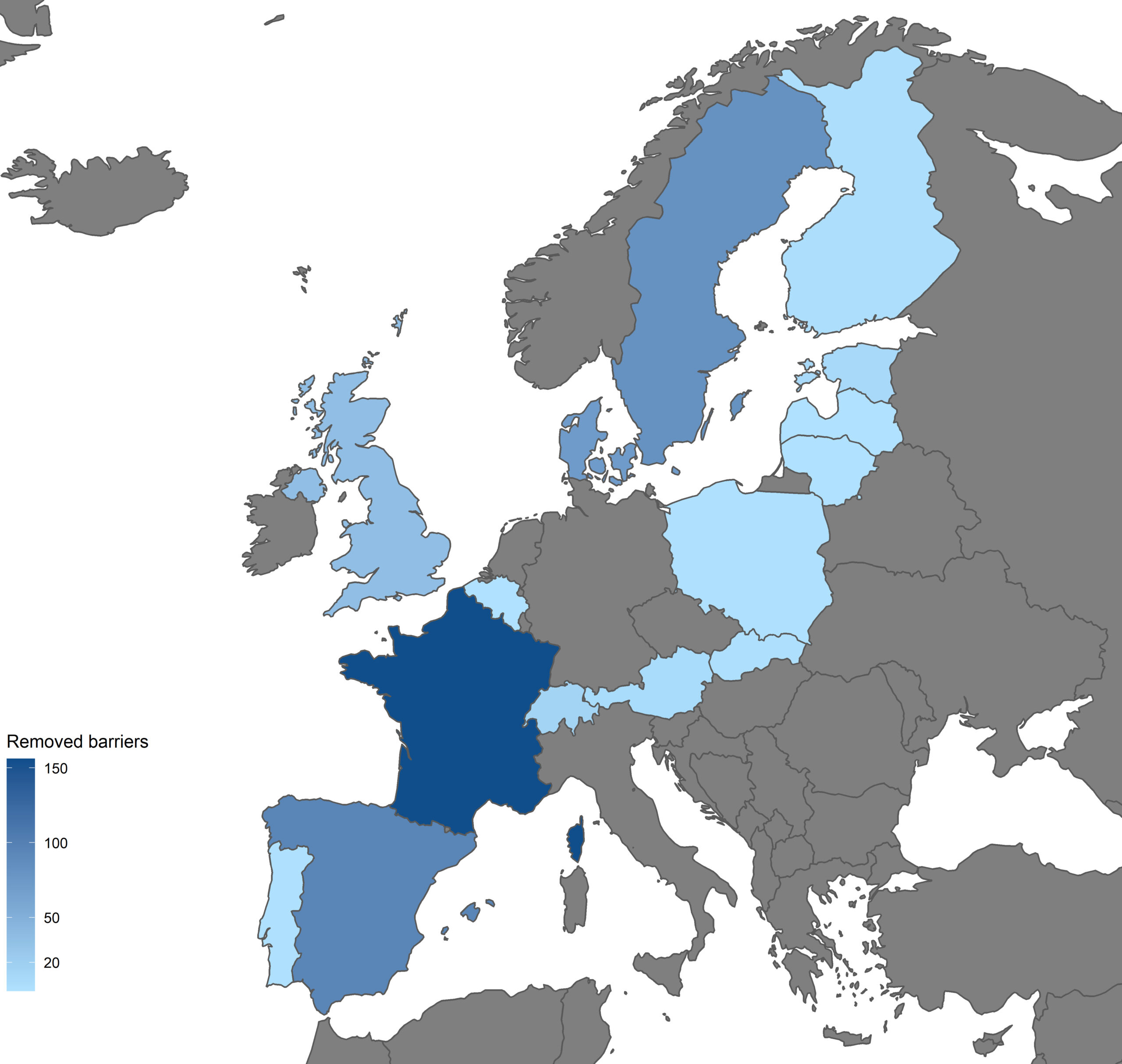
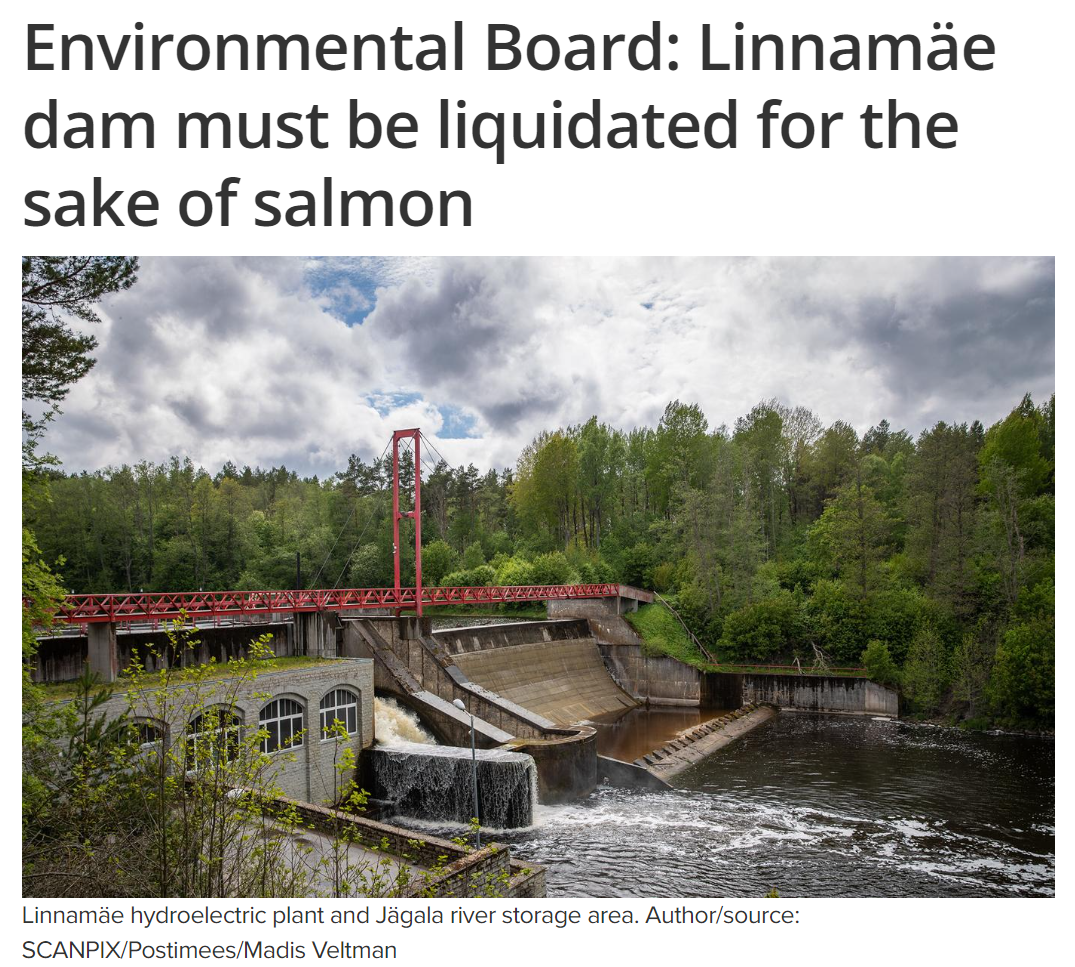
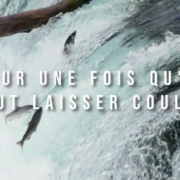
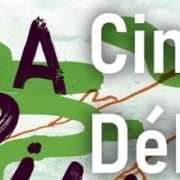

 ERN France
ERN France ERN is the official WWF Freshwater Partner in France and cooperates with WWF Switzerland, Austria, Netherlands and others
ERN is the official WWF Freshwater Partner in France and cooperates with WWF Switzerland, Austria, Netherlands and others